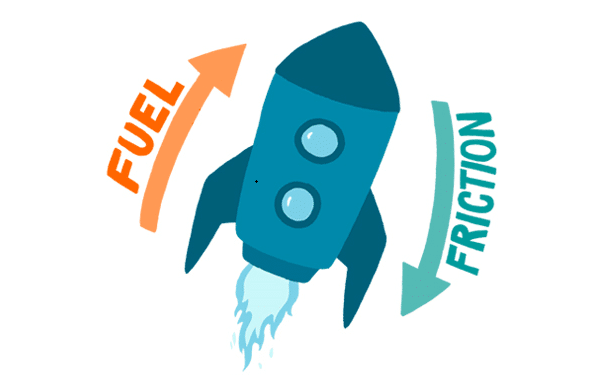In Africa, stories by moonlight are always the easiest way to solve problems while getting listeners entertained also. You will find this story entertaining yet be able to connect it to issues at hand in your business.
In a bustling Idumota market in the heart of Lagos, a building project entrepreneur named Kemi found herself navigating the stormy waters of team dynamics, each day with a new challenge on how to steer her business dream forward. Her small team was passionate yet diverse, with personalities that clashed as often as they collaborated.
In the beginning, Kemi assumed these minor conflicts were just part of the deal, mere growing pains. But as her business grew, she knew she needed to find a way to turn friction into fuel.
One evening, after yet another heated debate over a client , Kemi realized that managing conflicts required the finesse of a chef—a delicate balance of ingredients to bring out the best in each flavor. The stakes were high, and so was her determination to make it work. And so, like a sculptor chipping away at raw marble, Kemi decided to master the art of conflict resolution. Which are:
Act 1: Listening Beyond Words
The next day, she approached her team with a new perspective. As her designers and marketers shared their ideas, she listened deeply, catching not only their words but the emotions wrapped around them. “If you listen closely enough,” she thought, “you hear what isn’t being said.” It was there—in the silent pauses, in the tones and gestures—that Kemi uncovered each person’s unspoken desires: pride, validation, purpose. It was a symphony, each note waiting to be heard, each voice longing for its moment in the melody.
Act 2: Painting Solutions, Not Blame
The breakthrough came when Kemi realized that the blame game was a losing one. Rather than pointing fingers, she started using “I” statements, turning potential accusations into observations. “I feel we could benefit from a bit more alignment on our goals,” she would say, leaving no room for defensiveness. This subtle shift was like oil on water, soothing frayed nerves and creating space for genuine dialogue. By focusing on solutions rather than flaws, Kemi turned walls into bridges, her words a brushstroke on the canvas of shared understanding.
Act 3: Seeking Common Ground
The real art, she discovered, was in finding common ground—the fertile soil where conflicting ideas could root and grow together. She’d watch her team members toss ideas back and forth like a tennis match, their goals seemingly miles apart. But Kemi knew the value of unity, of pointing everyone toward the North Star they all shared: the mission. When she spoke of this vision, her words were like a lighthouse, drawing them all back to shore. “This is not about being right,” she would remind them, “but about doing right by our dream.”
Act 4: Crafting Solutions Together
As her team began to find common ground, Kemi realized that resolutions held more power when they were woven together. She started involving everyone in the solution process, inviting each person to share ideas for moving forward. With each suggestion, a new thread was added to the fabric, making it stronger, richer, and uniquely theirs. In those moments, Kemi could feel the energy shift. No longer mere employees, her team had become artisans, crafting their own way forward, invested not just in the outcome but in the journey itself.
Act 5: The Beauty of Win-Win
One Friday afternoon, as they wrapped up a particularly challenging project, Kemi saw the glint in her team’s eyes—a spark that signified shared victory. She had sought a win-win, and now it was within reach. Her team members, who had once been competitors, now cheered each other’s successes, their individual wins merging into collective achievement. This wasn’t just a resolution; it was a transformation, a reweaving of the team’s spirit, each person’s joy amplifying the other’s.
Act 6: The Wisdom of Mediation
Occasionally, conflicts still brewed beyond her reach. That’s when she’d call in her mentor—a seasoned businesswoman who had turned struggles into strengths time and again. Her mentor was Kemi’s compass, pointing out blind spots and showing her that sometimes, even serious leaders need a guiding hand. With a gentle nudge here, a bit of wisdom there, her mentor taught Kemi that seeking outside help wasn’t a weakness but a strength, a bridge between where they were and where they aspired to be.
I hope you enjoyed this story on team conflict resolution and management and I also hope you will apply some of the wisdom from this story.
Written by Nneka Osili.










